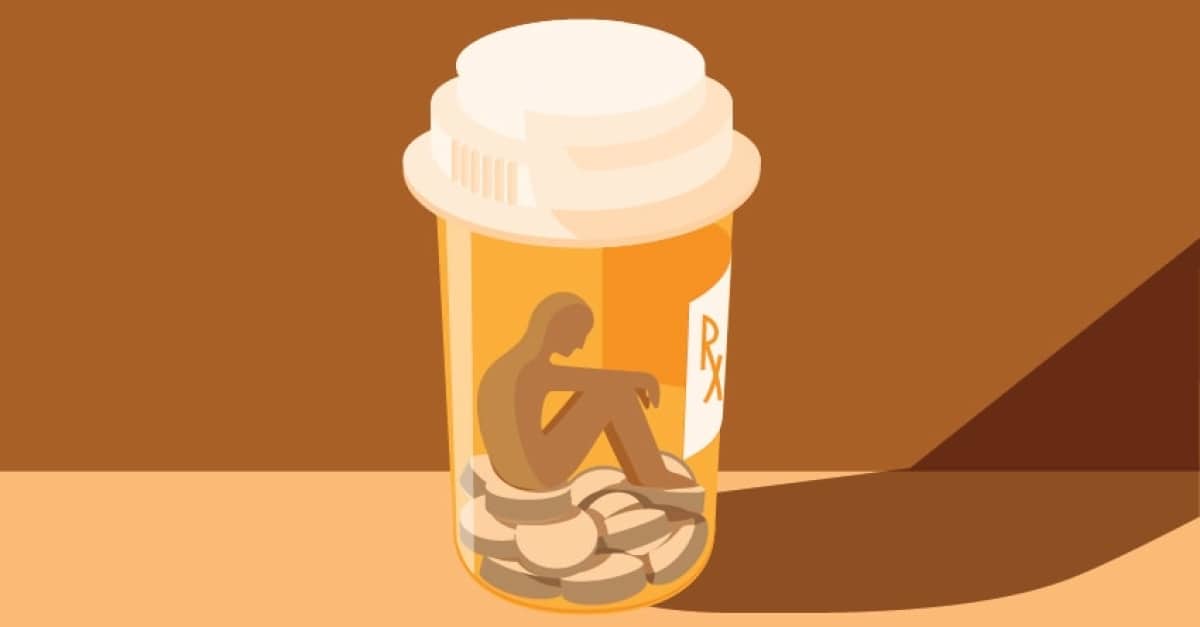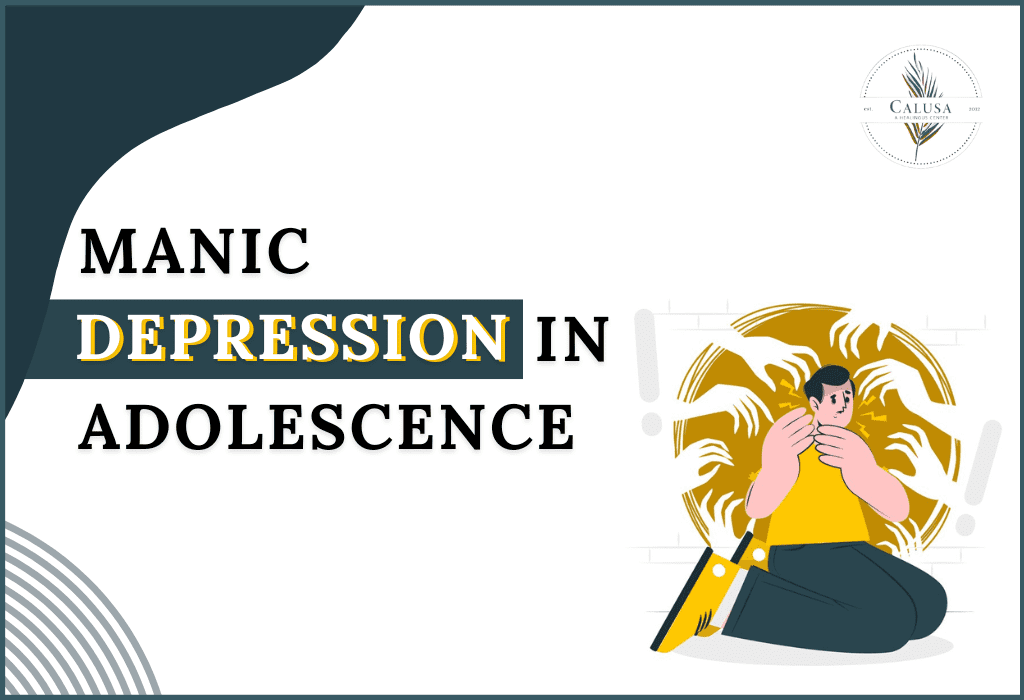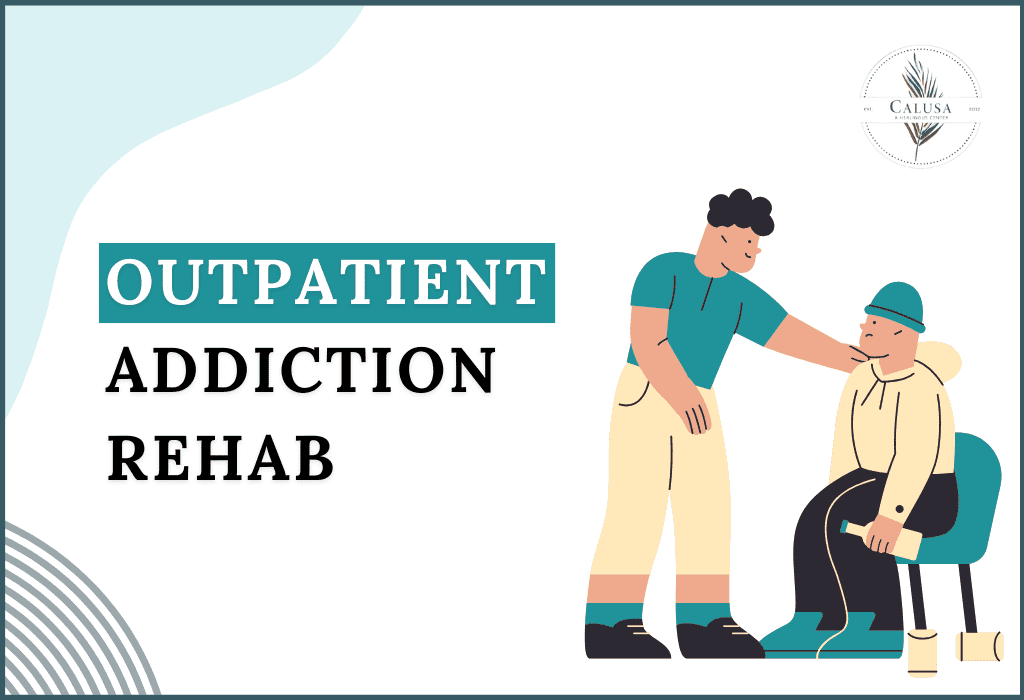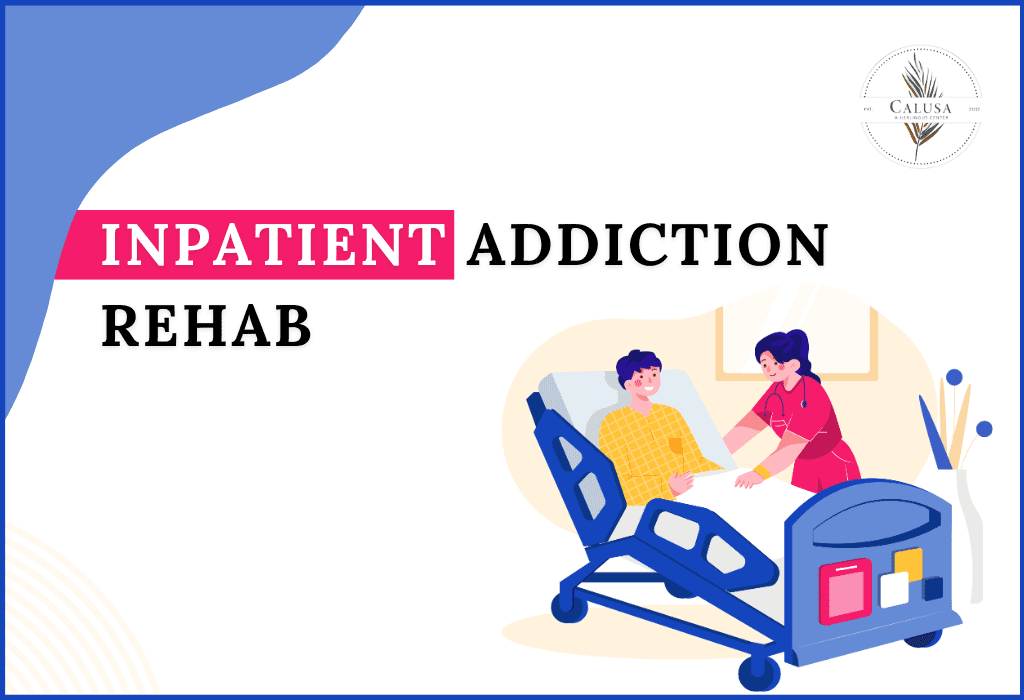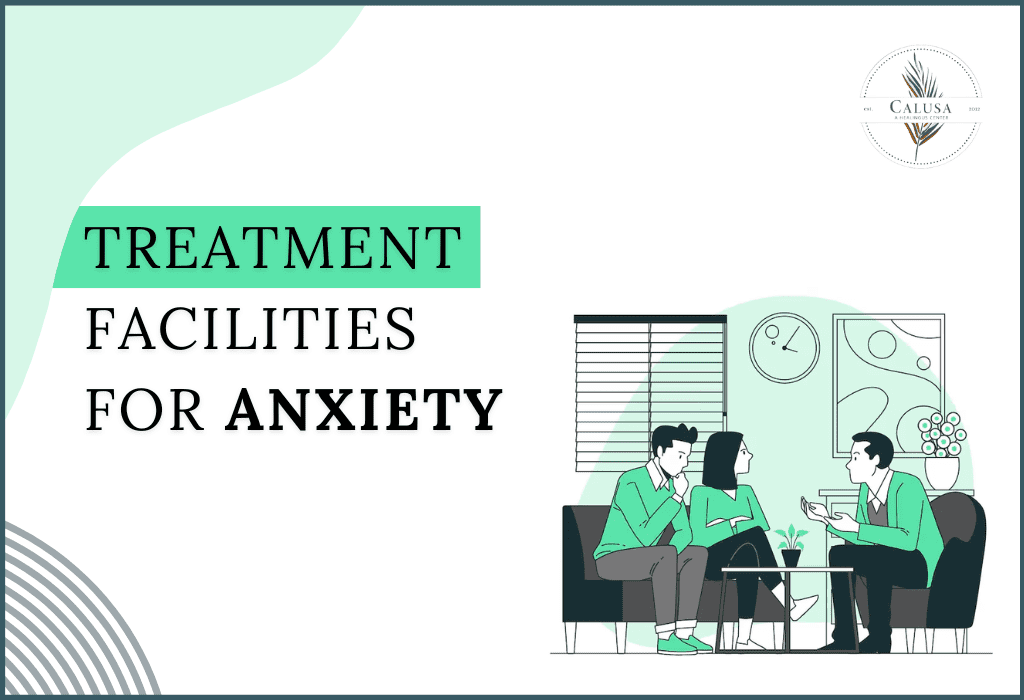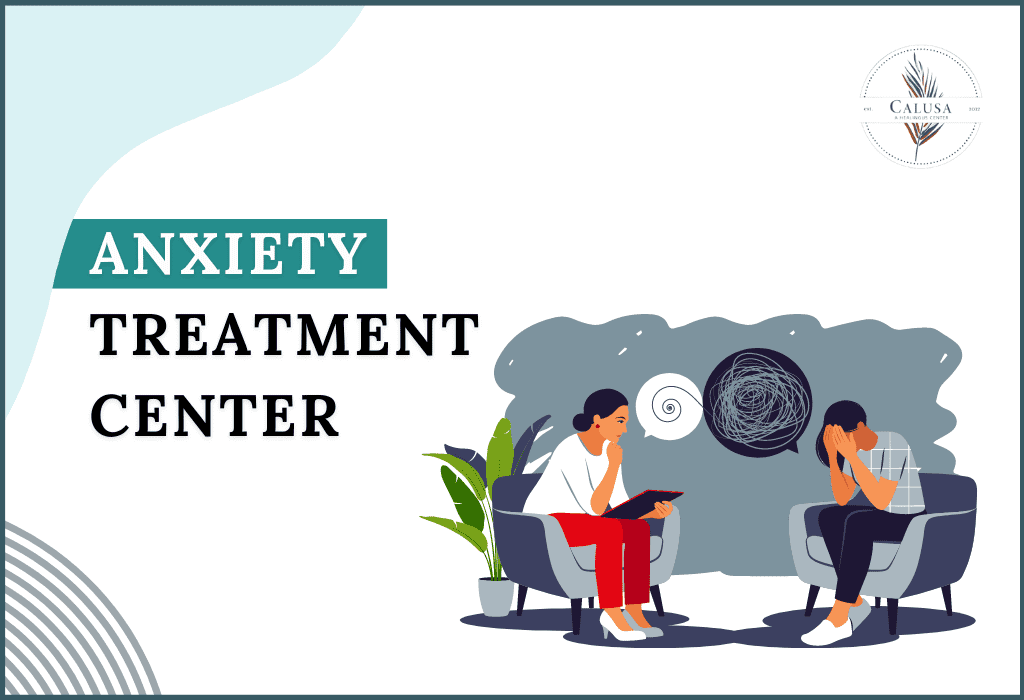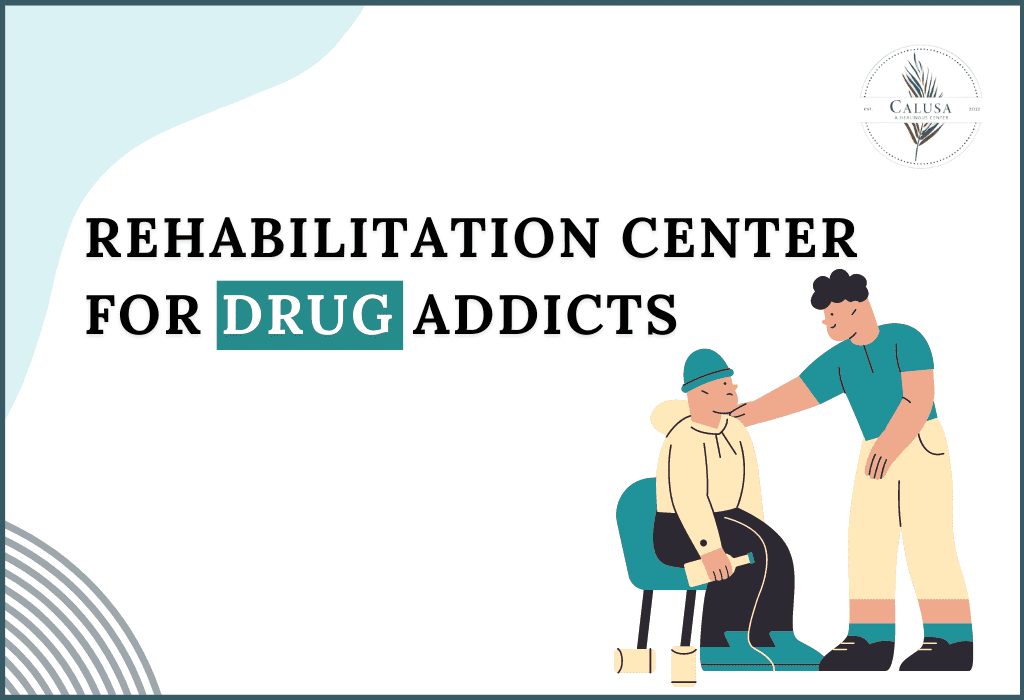It’s not just illegal drugs like cocaine or heroin but prescription medications can lead to severe addictions if taken abusively. Shockingly, prescription painkiller opioids are one of the most misused drugs in the U.S. More people die from overdosing on strong opioid painkillers every day than from other life-threatening accidents.
Opioid painkillers are so addictive that they become a major risk for using even more dangerous substances like heroin. Moreover, each overdose statistic tells a human story, showing the urgent need for solutions. It is hard to identify the early opioid addiction signs, but slowly they become so transparent that an instant withdrawal from opioids is necessary. According to the World Health Organization (WHO), around 125,000 people lost their lives due to opioid overdoses in 2019. More common than fatal overdoses are cases where people take too much but survive.
The National Institute of Mental Health points out that the opioid problem in the United States has been big for 20 years and has affected many lives. In 2017, about 47,600 people died because of prescription or illegal opioids. It’s not just accidental overdoses; a good number of people, hidden in these big numbers, intentionally took their own lives. It’s a tough situation that many people are dealing with, and it’s important to talk about it openly.
This blog aims to provide a detailed understanding of opioid addiction signs, the long-term effects of opioid detox, and the risk factors involved. Whether you or your family member is taking opioids as prescribed or struggling with addiction, we’ll explore the best treatment programs and rapid detoxification.
What is Opioid?
Comes from the Opium Poppy plant, Opioid (sometimes called narcotics) is a drug that is prescribed to treat moderate to severe pain. Some prescription opioids are directly made from the plant, while others are created in labs by scientists using the specific chemical structure. People use opioids as medicines because they have chemicals that can relax the body and help with pain. However, some opioids can also be used for managing coughing and diarrhea.
The overconsumption no doubt leads to mental illness of a person but one must get the detoxification timely.
Common Prescription Opioids
- Hydrocodone (Vicodin®) Oxycodone (OxyContin®, Percocet®)
- Oxymorphone (Opana®)
- Morphine (Kadian®, Avinza®)
- Codeine
- Fentanyl
What Makes Opioids Dangerous?
Prescription painkillers, meant to help with pain, are usually safe when taken for a short time and as the doctor tells you. But if you use them the wrong way, they can be risky. However, they can be dangerous if misused. People misuse prescription opioids by:
- Taking the medicine in a way or amount different from what the doctor advised.
- Using someone else’s prescription medicine.
- Taking the medicine not for its intended purpose but to experience a high.
When someone misuses a prescription opioid, they might swallow the medicine as usual. Sometimes, people crush pills or open capsules, mix the powder with water, and inject the liquid into a vein. Some also sniff the powder. Misusing opioids like this can be harmful and lead to serious health problems. It leads to opioid use disorders and in the long term, they can be proven as life threatening. In the early stages, the signs and symptoms may not be detectable but slowly the changes start to appear in the person’s social and psychological behaviour.
Opioid Addiction Signs
People who get addicted to opioids experience changes in their behavior and lifestyle. Many signs and symptoms can show if someone has an opiate addiction. The specific ones can vary based on how much they use, how long they’ve been using, and other personal factors. Here are some psychological and physical signs that might be seen in a person who abuse opioid or is addicted to it:
Psychological and Behavioural Symptoms
- Withdraw from social activities
- Lying often and developing the habit of stealing
- Borrowing Money
- Change in their tone of talking
- Suffers from Depression and anxiety
- Experience Mood swings
- Disconnect themselves from reality
Physical Symptoms
- Experience Severe Weight loss
- Regular Headaches
- Diarrhea and dry mouth
- Constipation & Vomiting
The symptoms are not limited to it and vary from the person’s tolerating capacity.
Long-Term Opioid Side Effects
The long-term opioid side effects increase the risk factors and they can be proven as life threatening. Here are the common side effects-
- Chronic Constipation: Taking opioids for a long time makes it hard for the patient to have regular and comfortable bowel movements, causing chronic constipation.
- Sleep-Disordered Breathing: If taken abusively, it leads to difficulties in breathing during sleep, affecting breathing patterns and causing disruptions in a person’s sleep.
- Increased Risk of Bone Fractures: The Opioid has the potential to make the human bones weak and vulnerable which leads to bone fracture and breaks over time.
- Hypothalamic-Pituitary-Adrenal Dysregulation: Continued use of opioids can disrupt the natural regulatory pattern of hormones, related to stress and energy balance, impacting the body’s overall hormonal system.
- Greater Risk of Overdose: Prolonged use of opioids increases the tolerance power of the drug and can lead to overdosing, where someone takes too much of the drug, leading to serious health complications and potentially life-threatening situations.
Rapid Opioid Detox
In rapid opioid detox, a person is put to sleep for 4-6 hours using anesthesia. Special drugs, like naltrexone, help to remove opioid drugs from the body. But remember, detox is not a cure for the brain disease of addiction. The National Institute on Drug Addiction found that this fast method doesn’t help long-term recovery. Treatment providers and professionals don’t recommend rapid detox, as it mostly causes long-term side effects. Trying to rush through any process, like many things in life, might not be the best approach. This is true for people dealing with opioid addiction when considering rapid detox as a solution.
The National Library of Medicine mentions that high relapse rates are likely more about why someone wants to detox, what happens after withdrawal, or changes in the brain during dependence, rather than the method of withdrawal itself.
Rapid Opioid Detox Risks
ASAM advises against rapid opioid detox. They say the potential benefits are not clear, so it is not worth taking risks. It can be risky and even life-threatening. The Centers for Disease Control and Prevention (CDC) mentions several cases where people died because of this way of detoxing from opioids. So, it’s better to avoid it.
Some major risk factors include the following-
- Respiration issues
- Renal failure
- Pulmonary distress and possible failure
- Thyroid hormone suppression
- Increased activity of the sympathetic nervous system
- Heightened levels of cortisol, catecholamines, and corticotropin
- Irregular cardiac functions
- Psychosis
- Delirium
- Elevated rate of suicide attempts
Remember, Withdrawal symptoms may still occur after rapid detox is complete.
Withdrawal Symptoms after Rapid Detoxification
Even after rapid detox, someone may still experience withdrawal symptoms. It’s not advised to suddenly stop taking opioids if you’re heavily dependent on them. This cold turkey can lead to a challenging withdrawal syndrome as the drugs leave the body. Medically it is advised to take a gradual and supervised approach when reducing opioid use.
Medical Detoxification VS Rapid Detoxification
Opioid withdrawal is similar to a really bad flu. Patients’ hearts beat faster, blood pressure goes up, and you might have a fever, chills, nausea, vomiting, and other flu-like symptoms. It can also make them feel down, and restless, have trouble sleeping, and make it hard to think clearly. It’s like having a tough time with both the patient’s body and mind. Even rapid detox is somewhat connected with overdose risks as well.
Opioid Addiction Treatment
Early treatment interventions help to avoid long-term health conditions associated with addiction. However, there are medical treatments and various other treatments available specific to a person’s condition.
It takes so much effort and willpower to break free of drug misuse, but it is possible and curable.
Medication for opioid addiction
To stay free from opioids in the long run, successful therapy often involves taking medication for a long time along with counseling or talk therapy programs. Some suggested medications for a gradual withdrawal include Methadone (Dolophine, Methadose), Buprenorphine, and Naltrexone.
Counseling and Behavioural Therapies for Opioid Addiction Treatment
Counseling with a qualified health professional is also part of treating opioid addiction. This involves talking about any personal or social issues that might be causing or worsening the addiction. Different types of counseling, like Contingency Management, Motivational Interviewing, Cognitive-Behavioral Therapy (CBT), Family Therapy, Support Groups, and other treatments, are available to help with this disorder.
Residential Treatment
Some hospitals even offer residential treatments where you live with people suffering from the same problem. They offer inpatient programs for people who have medical conditions. These treatments include several kinds of counseling or behavioral therapy as well as medications.
Outpatient and Residential Substance Use Disorder Treatment
The person with opioid use disorder may decide on outpatient treatment or enter a rehabilitation facility for more concentrated therapy. Treatment costs and insurance coverage vary. Consult with your insurance provider for specifics.
Conclusion
In conclusion, tackling opioid addiction requires understanding its pervasive impact, from prescription misuse to severe consequences like overdose and, tragically, even loss of life. While rapid detox poses risks and is not a recommended solution, a combination of medication, counseling, and behavioral therapies offers a promising path to break free from opioid dependence.
Engaging in guided treatment programs is the most effective approach to obtaining a schedule that specifies what needs to be done and when. We offer three opioid treatment programs at Calusa Recovery, each tailored to the needs of the patient. You can visit https://calusarecovery.com/addiction-treatment/opioid/ for more information and get a personalized plan to cure your opioid addiction.

